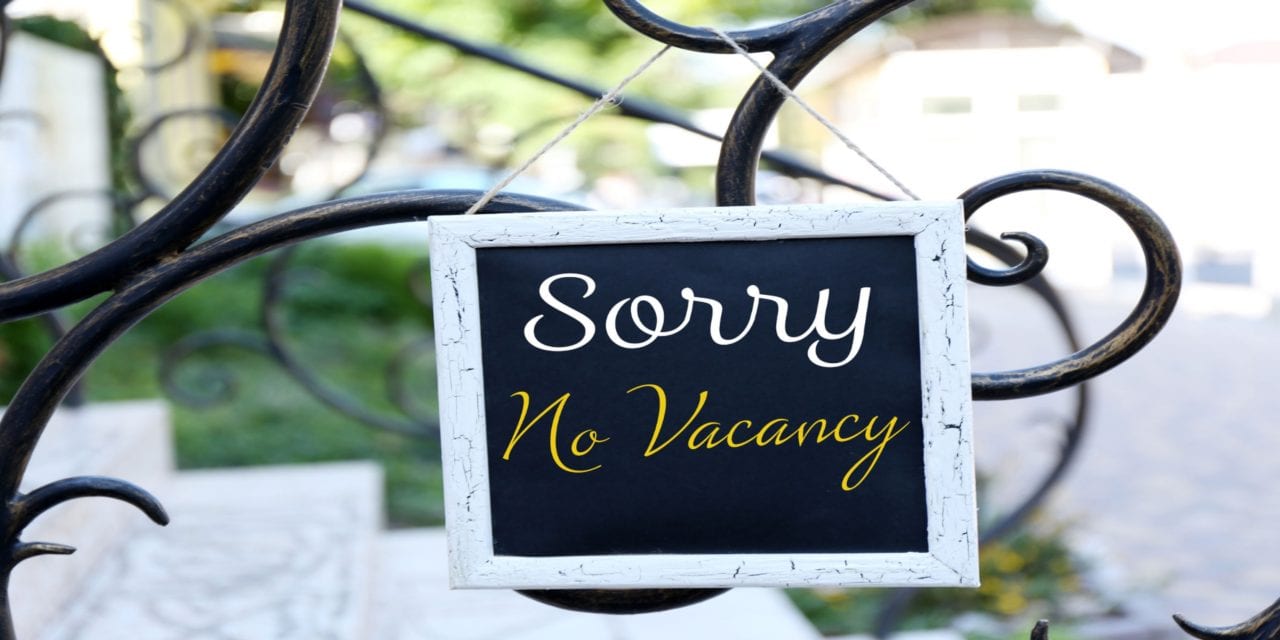Could this be the key to what senior care needs to stay vital and relevant?
By Susan Saldibar
I recently came across an article on the Sage Age Strategies’ website about a not-for-profit memory care community I’d heard of before but didn’t know a lot about. The community is Nashville-based Abe’s Garden Memory Care. You may be familiar with them; they seem to get a lot of attention. Maybe because they are always doing something new and innovative. (Sage Age Strategies is a Senior Housing Forum partner.)
I first heard about Abe’s Garden when Glenn Campbell lost his battle with Alzheimer’s. Glenn had been a resident at Abe’s Garden. So, when I read that Sage Age Strategies has been donating their talents and skills to help Abe’s Garden I was interested to know why. What is it about this community that inspires others to get involved? (Faith Ott, Sage Age President and Executive Consultant, sits on their board.)
Six pillars say a lot about how this community is operated.
The Sage Age article, written in celebration of the June 21st “Longest Day” Alzheimer’s awareness drive, does a good job of detailing Abe’s Garden’s modus operandi. The article delves into their six “program pillars” that form the framework for their programs. Without getting into a lot of detail on each (the article does a good job of that) they are as follows:
-
Personalized, Engagement-Based Programming. This emphasizes research-based programs, based upon the “I’m Still Here” model from Hearthstone Institute.
-
A Strategic Relationship with Vanderbilt University. More specifically, their Center for Quality Aging, as well as their Geriatric School of Medicine. This is a huge plus as it brings years of ongoing research to the Abe’s Garden teams.
-
Purpose-Built Facility Design. This is how they are able to combine lots of fresh air, natural sunlight, and furnishings that look like they came out of someone’s cozy den.
-
Resident Assessment and Family Education. Instead of relying on highly subjective evaluations, they have developed a scientific model that provides more accurate assessments of individuals with dementia. What’s great about this is that it allows Abe’s Garden to create reports which can track an individual’s cognitive abilities and make sure they are getting the right type and level of care at all times.
-
Workforce Training and Support. From evidence-based training to a competency-based career ladder to ongoing education for employees, there seems to be much to attract a new generation of workers here.
-
Research and Continuous Quality Improvement (CQI). They actually have individuals assigned to move throughout the communities, observing and noting interactions between staff and residents, using a multitude of care criteria. Pretty impressive.
This is really cool, to say the least. But how do you keep something like this going?
These are all great concepts, hands down. But you could make an argument that lots of senior living communities embrace one or more of these concepts. What makes Abe’s Garden stand out from others? My personal take is that, through their embrace of leading-edge programs and best practices, they have found a way to create a “system” around these pillars, one which ensures that no pillar ever gets left unattended.
The result is a closed loop of integrated processes, each of which receives input from the best and brightest minds in Alzheimer’s research, medicine, and memory care. They then apply a best practices operational model, which means that everything they do every day is monitored in ways that enable them to produce reports that provide ways to measure effectiveness and improvements. Then, they share their ideas and lessons learned with the industry. This, in turn, invites interest and input, which encourages involvement from other leaders in the industry (such as Sage Age). Seems, the old adage is correct: the more you share, the more you continue to gain in return.
Case in point, recently Abe’s Garden was mentioned in a moving ABC television piece about country singer, Jay Allen and his beautiful song, “Blank Stares”, written in tribute to his mother who is in the final stages of Alzheimer’s disease. Allen is donating all proceeds from iTunes sales of the song to Abe’s Garden. You can watch the video here.
Could this be the key to what senior care needs to stay vital and relevant?
Maybe the success of Abe’s Garden proves, in its own way, that it’s not enough for communities to simply want to be good. It’s not enough to simply try different things to be better. You need a system. One that doesn’t allow you to let your guard down. Won’t let you cut corners. Or get stale. And fueling that system should be a culture that encourages sharing of everything you learn along the way. And a cool name, like “Abe’s Garden” with a heartfelt backstory doesn’t hurt either.
So a big kudos to what’s happening at Abe’s Garden. And another kudos to those individuals and organizations selflessly lending a helping hand. We just might get somewhere with all this!
You can read the full Sage Age article on Abe’s Garden and what they are doing here.
For more information on Sage Age Strategies and the work they are doing, you can visit their website.
Click on the button below to download a PDF copy of this article:










